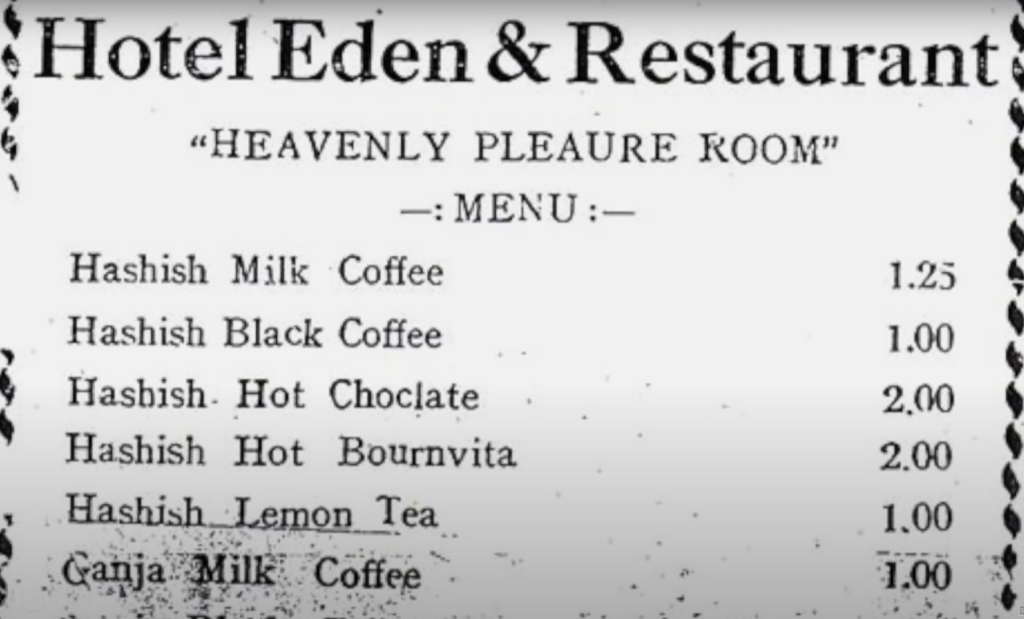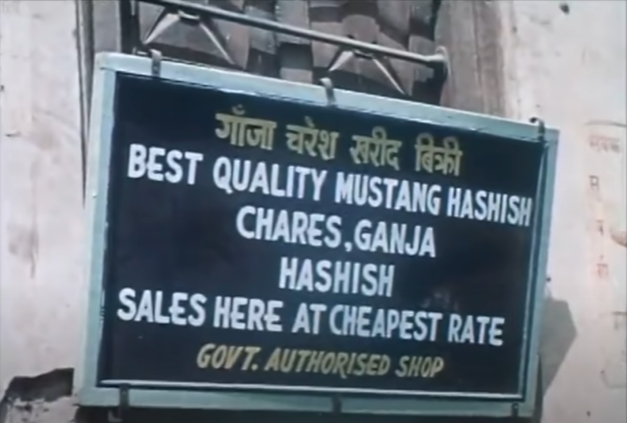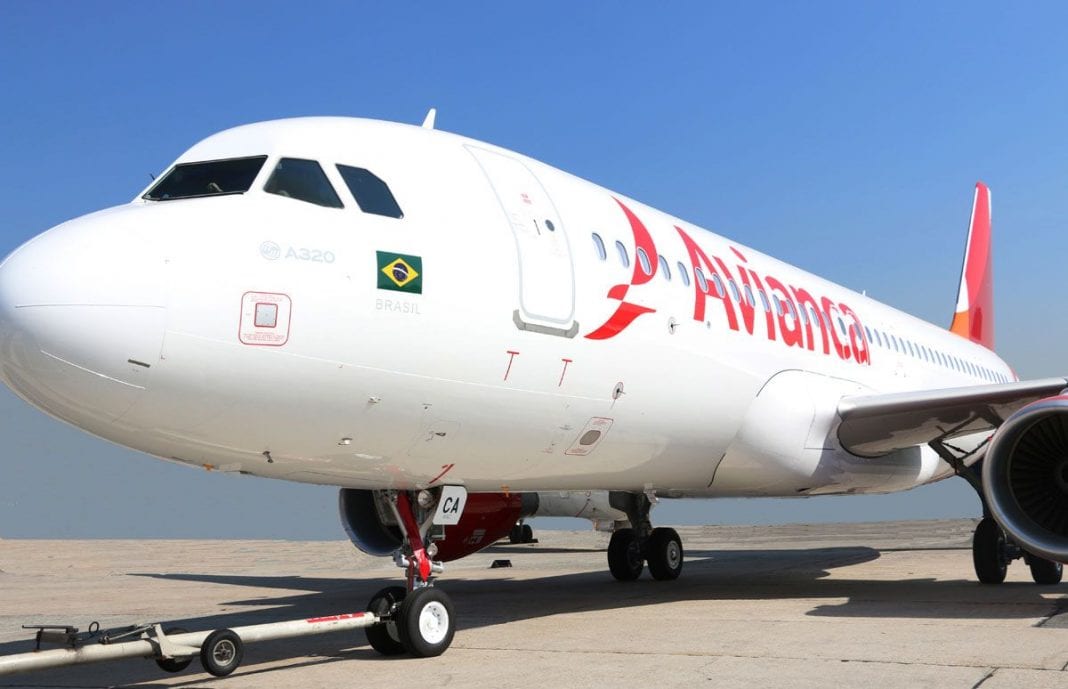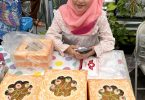The Hippie Trail connected East with the West. How did it rise tourism in Nepal? The rise and fall of hippie era in Nepal and its shaping of tourism…
A wave of youths swept around the world in the ‘60s – looking to escape the hectic post-war lives. Situated in South Asia’s heart, a small capital, Kathmandu soon turned out to be the best choice among the group.
As Kathmandu served them with scenic pleasure, nonetheless, marijuana and hashish were sold legally for cheap – affordably.
Soon, Kathmandu flocked with tourists from around the globe.
Word spread quickly about the small heavenly country with high peaks and ‘higher’ pleasure. Tens of thousands of Western tourists entered Nepal through the Silk Road.
The Silk Road was an ancient trade route that connected the Western world with Asia. As the Hippie movement began, the route was also given the alias of the ‘Hippie Trail.’
Connecting the East to the West: The Hippie Trail

The Hippie Trail was a route that attracted many free-spirited travelers, commonly referred to as hippies, who journeyed through Nepal and other parts of Asia. This led to an increase in foreigners with long hair and beards exploring Kathmandu, contributing to the city’s vibrant and diverse atmosphere during that time.
The individuals on the Hippie Trail were primarily between 16 and 30 years old and embraced a radical, liberal mindset that opposed war. They were characterized by their free-spirited, explorative nature, seeking new experiences and alternative lifestyles.
Kathmandu Durbar Square (Basantapur) was the ultima for the hippies who traveled to Nepal through Istanbul. Jhonchhe – a narrow street south of Durbar Square – was renamed Freak Street – as the aroma of organic drugs rose above the sky.
Freak Street transformed itself into a brand known all over the world. Marijuana and such drugs were legally sold in small shops on Freak Street – and could be consumed openly in the Durbar premises, enjoying a similar crowd.
Gradually, Kathmandu became bustling and full of life, with hippies in colorful clothes and vibrant faces.
Freak Street created and enhanced the potential of Nepal’s tourism – not much recognized before.

The period of 1965-1973 – the Hippie Era – made Nepal a perfect destination for famous writers, artists and philosophers. The same Hippies significantly contributed to the development of modern Nepalese art, music, and literature – let alone booming tourism.
Nepal’s Late King Mahendra Bir Bikram Shah promoted the sales and distribution of such recreational drugs instead of banning.
With the influx of foreign visitors, Nepal flourished economically and socially. But the trend couldn’t last long as the American Prez. Richard Nixon couldn’t entertain Westerner youths doing drugs. Nixon’s initiatives to put a full stop to this laid out.
In Nixon’s view, marijuana, hashish, and homosexuals were the enemies of a strong society. From a political point of view, this was just his failed attempt to stop the growing communism. In 1972, Nixon announced that the United States would not provide military, financial or any other assistance to any nation that exempts the sale, distribution, and consumption of marijuana.
Hence, the End of the Hippie Era

Due to Nixon’s pressure and the establishment of Drug Enforcement Agency (DEA) in 1973, the Hippie Paradise of Nepal met its end.
The authorities destroyed plants.
Neither the Nepalese people nor the hippies were happy to see this move from the government. Both the parties were angered by the political move.
The government of Nepal started measures to stop the entry of hippies into Nepal. As a policy, the nation stopped issuing visas to people with long hair and beards. Hippies would shave their heads and later grow their hair in Nepal. Despite these efforts, the hippie activity went on for a few years.
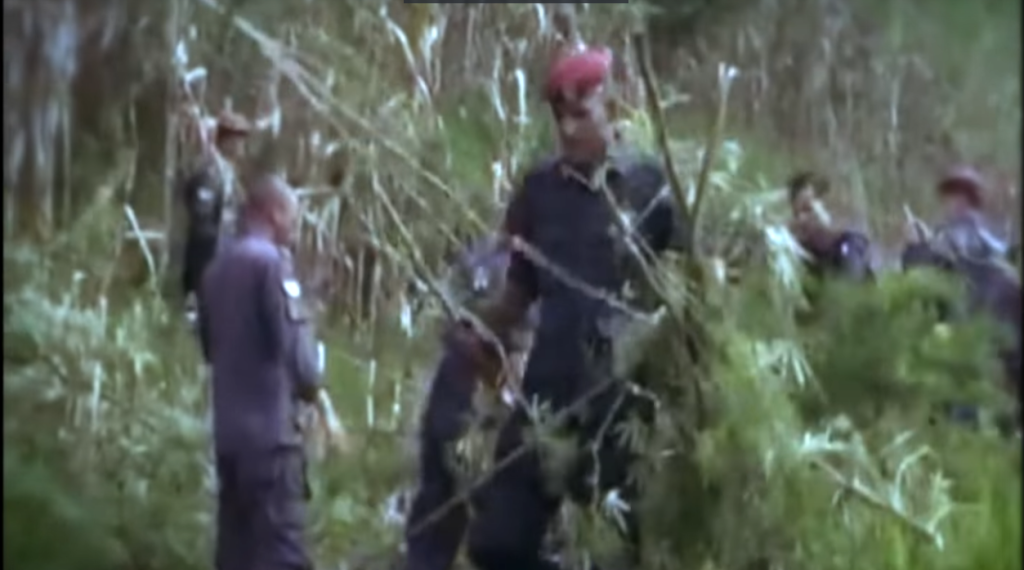

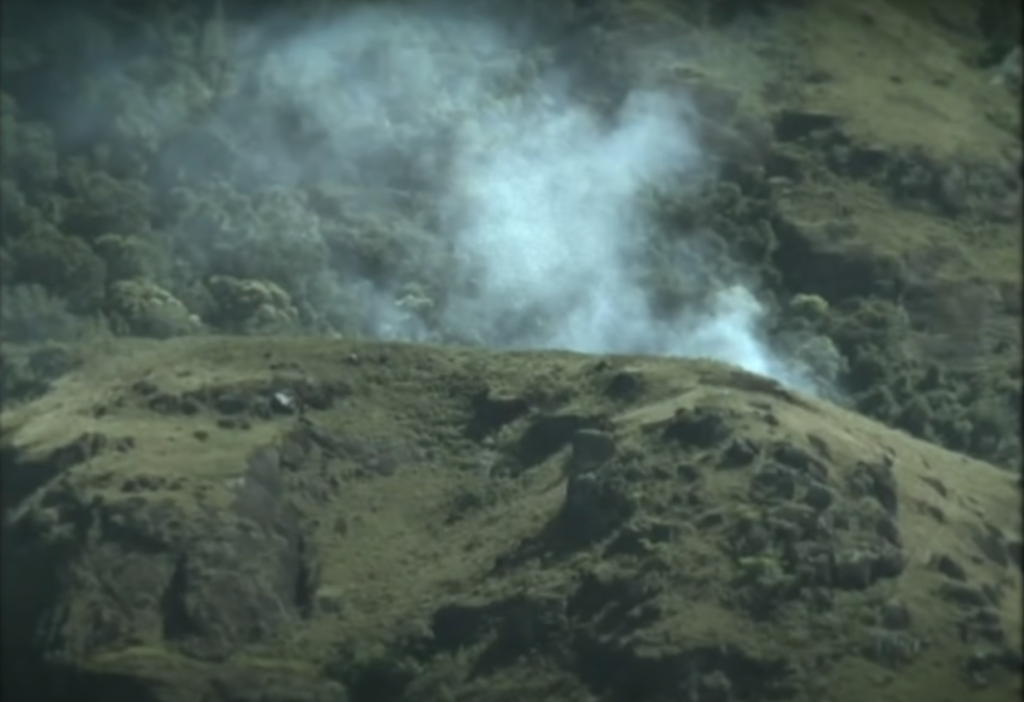
Here’s an excerpt from an old interview:
According to a 56-year-old Swamiji, the government cannot ban cannabis cultivation as it’s a livelihood to most.
Hippies and the locals were more than worried about what’s to come next in the hippie capital. According to a 56-year-old Swamiji, the government cannot ban cannabis cultivation as it’s a livelihood to most. Sitting among German and French hippies, wearing a Nepalese hat (Dhaka Topi), Swamiji raged, “How can they ban cannabis? Cannabis is the basis of survival for Nepalese farmers. They cultivate rice and cannabis equally.”
Beside them is a wall with a written notice that says, “FORBIDDEN TO SMOKE CHILLUM HERE.”
But Chillum was being tossed around in Swamiji’s group. “Westerners come to us for the cool shade of spiritual and philosophical knowledge; how can we prevent them?” he added calmly.
Socioeconomic and Political Changes in Nepal Afterwards
The banning of Nepalese farmers’ main source of income tremored Nepal. Tens of thousands of farmers reached the brink of starvation after the government burnt down their cannabis farms. Some were arrested too. The number of international visitors declined, and so did the nation’s economy.
Opportunity was at best, for Nepalese communists to speak in favor of farmers and grow themselves.
The Communist Party, taking advantage of local grievances, convinced the people that their problems would only be solved by violently toppling the government.
Nixon’s war on drugs and communism backfired on him. The Maoist people’s war – the Maoist Insurgency – that started from Rukum-Rolpa, which was called the new hope for change, became nationwide in a short time.
The Maoists, who became a nationwide force, almost brought everything to a standstill by protesting all over the country. When the armed war against the monarchy came to an end in 2006 after a decade, the country was 80 percent in Maoist control already.
Maoists have risen to the top in the country’s politics by ending the Shah Dynasty monarchy with a history of 240 years. Even after the advent of the democracy in Nepal, it had to go through many ups and downs due to the constant power shift.
Freak Street, in the lap of slums that has witnessed all this, looks a little lonely today.
The wave of change can be clearly seen not only in the policies and politics of the country but also in Freak Street.
Walking down the present-day Freak Street, the olden aroma would not make anyone ‘high’ today. But anyone from the Hippie Era will definitely still feel intoxicated.
Some shops and restaurants from the Hippie Era are still present. However, ‘Hashish Hot Chocolate’ has changed to ‘Hot Chocolate’, and ‘Ganja Milk Coffee’ has changed to ‘Cafe Latte’. And hippies have changed to ‘hipsters’.
